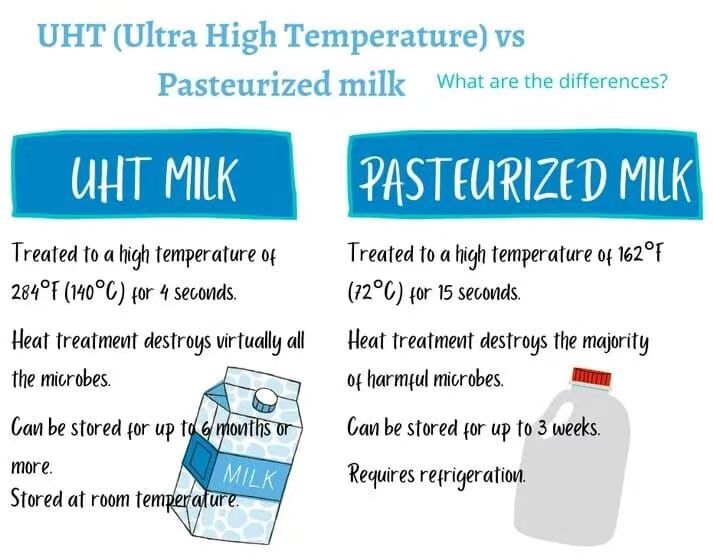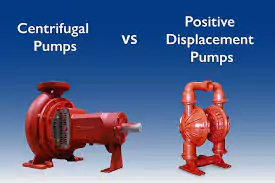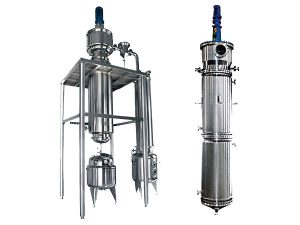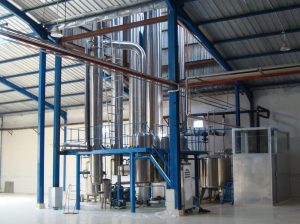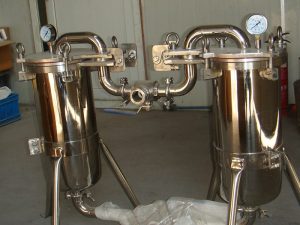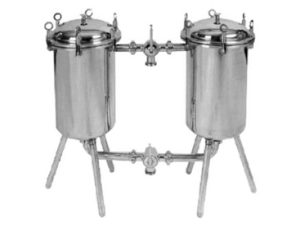Centrifugal pumps play a critical role in modern dairy processing, ensuring the smooth transfer of liquids while maintaining product quality. From milk pasteurization to yogurt production, dairy equipment relies heavily on these pumps for efficiency, hygiene, and consistency.
Understanding how do centrifugal pumps work and their advantages and disadvantages is essential for dairy manufacturers and equipment procurement teams. This bolg dives into the advantages of centrifugal pump use in dairy equipment, highlights key centrifugal pump disadvantages, and helps Business buyers make informed purchasing decisions.
Table of Contents
ToggleHow Do Centrifugal Pumps Work in Dairy Equipment?
Centrifugal pumps work by converting the rotational energy of an impeller into kinetic energy, propelling liquid through the pump casing. This design enables smooth, continuous flow that is ideal for dairy processing.
In dairy applications:
-
Milk, cream, yogurt, and whey are moved efficiently through processing lines.
-
Pumps handle delicate liquids gently, preventing foaming or curdling.
-
They are integral to cleaning-in-place (CIP) systems, ensuring hygiene without manual intervention.
| Component | Function in Dairy Pump |
|---|---|
| Impeller | Moves liquid via centrifugal force |
| Casing | Guides fluid to the outlet, maintaining pressure |
| Suction Pipe | Draws product into the pump without aeration |
| Outlet | Transfers product to the next stage in processing |
6 Advantages of Centrifugal Pumps in Dairy Equipment
High Efficiency in Continuous Operations
Centrifugal pumps are designed for large-volume liquid transfer, making them ideal for continuous milk processing and cream handling. Their efficient design reduces energy consumption, which lowers operational costs over time.
E.g. A dairy plant processing 10,000 liters of milk per day reduced energy consumption by 15% after switching to centrifugal pumps.
Gentle Handling of Dairy Liquids
These pumps move liquids smoothly without causing mechanical stress. This is critical when transferring yogurt, cream, or milk-based beverages to avoid foaming, separation, or curdling.
Practical Tip: Ideal for dairy applications where product consistency directly impacts quality and taste.
Low Maintenance and Long Service Life
With fewer moving parts than positive displacement pumps, centrifugal pumps are easier to maintain. Stainless steel construction enhances durability, while simple seal systems reduce downtime.
Hygienic and Easy to Sanitize
Centrifugal pumps are compatible with CIP systems and meet stringent dairy hygiene standards. Their design allows thorough cleaning without disassembly, preventing contamination and ensuring food safety.
Versatile Flow and Pressure Options
Centrifugal pumps can be customized to handle different flow rates and pressures, accommodating various dairy processes:
-
Pasteurization
-
Fermentation
-
Blending
-
Packaging
Note: This flexibility ensures that pumps match the specific viscosity and temperature of dairy products.
Compact Design and Easy Integration
The small footprint of centrifugal pumps allows seamless installation into existing dairy production lines. They save space while supporting high throughput, making them ideal for both large plants and smaller boutique operations.
5 Disadvantages of Centrifugal Pumps in Dairy Equipment
Not Ideal for High-Viscosity Products
Thick creams or concentrated dairy products can reduce pump efficiency and increase wear. For these applications, alternative pump types may be more suitable.
Sensitivity to Cavitation and Air Entrainment
Improper priming or air bubbles can cause cavitation, leading to impeller damage and reduced service life. Proper system design is critical.
Limited Suction Lift
Centrifugal pumps cannot draw liquid from very deep tanks without additional equipment. Pump placement must be carefully planned.
Variable Performance with Fluid Changes
Changes in viscosity, temperature, or ingredient composition can affect flow rates and efficiency. Consistent monitoring and adjustment are necessary.
Potential for Leakage and Seal Wear
While seals are robust, long-term operation with dairy liquids requires regular inspection to prevent leakage and contamination.
| Centrifugal Pump Disadvantages | Impact on Dairy Applications | Recommended Mitigation Strategies |
|---|---|---|
| Not Ideal for High-Viscosity Products | Reduced efficiency when handling thick liquids (e.g., high-fat cream, condensed milk). | Use positive displacement pumps for very viscous dairy products or adjust pump speed/impeller size. |
| Sensitivity to Cavitation and Air Entrainment | Air bubbles cause vibration, noise, and impeller damage, risking product contamination. | Ensure proper priming, install air release valves, and design pipelines to minimize air pockets. |
| Limited Suction Lift | Ineffective for drawing liquid from deep storage tanks, leading to inconsistent flow. | Position pumps closer to tank outlets, or install booster pumps for reliable suction. |
| Variable Performance with Fluid Changes | Viscosity and temperature fluctuations (e.g., flavored milk, whey) cause flow rate instability. | Monitor product conditions, install variable frequency drives (VFDs) to adjust pump speed in real time. |
| Potential for Leakage and Seal Wear | Worn seals may cause dairy liquid leakage, hygiene risks, and costly downtime. | Implement preventive maintenance, use high-quality mechanical seals, and replace regularly to ensure food safety compliance. |
Conclusion
Centrifugal pumps remain a cornerstone of dairy equipment due to their efficiency, gentle handling, hygiene compliance, and flexibility. While they have limitations, understanding their advantages and disadvantages of centrifugal pump use allows dairy equipment manufacturers and Business buyers to make informed choices that optimize productivity and product quality.
For dairy operations seeking reliable and efficient pumps, consult with our experts to find the perfect centrifugal pump for your production line. Our solutions ensure smooth, hygienic, and energy-efficient liquid transfer, tailored to your dairy processing needs.

